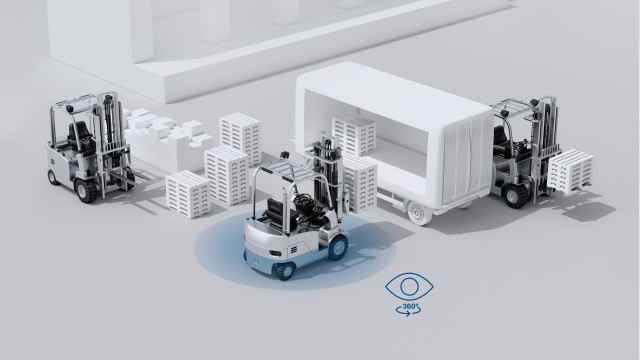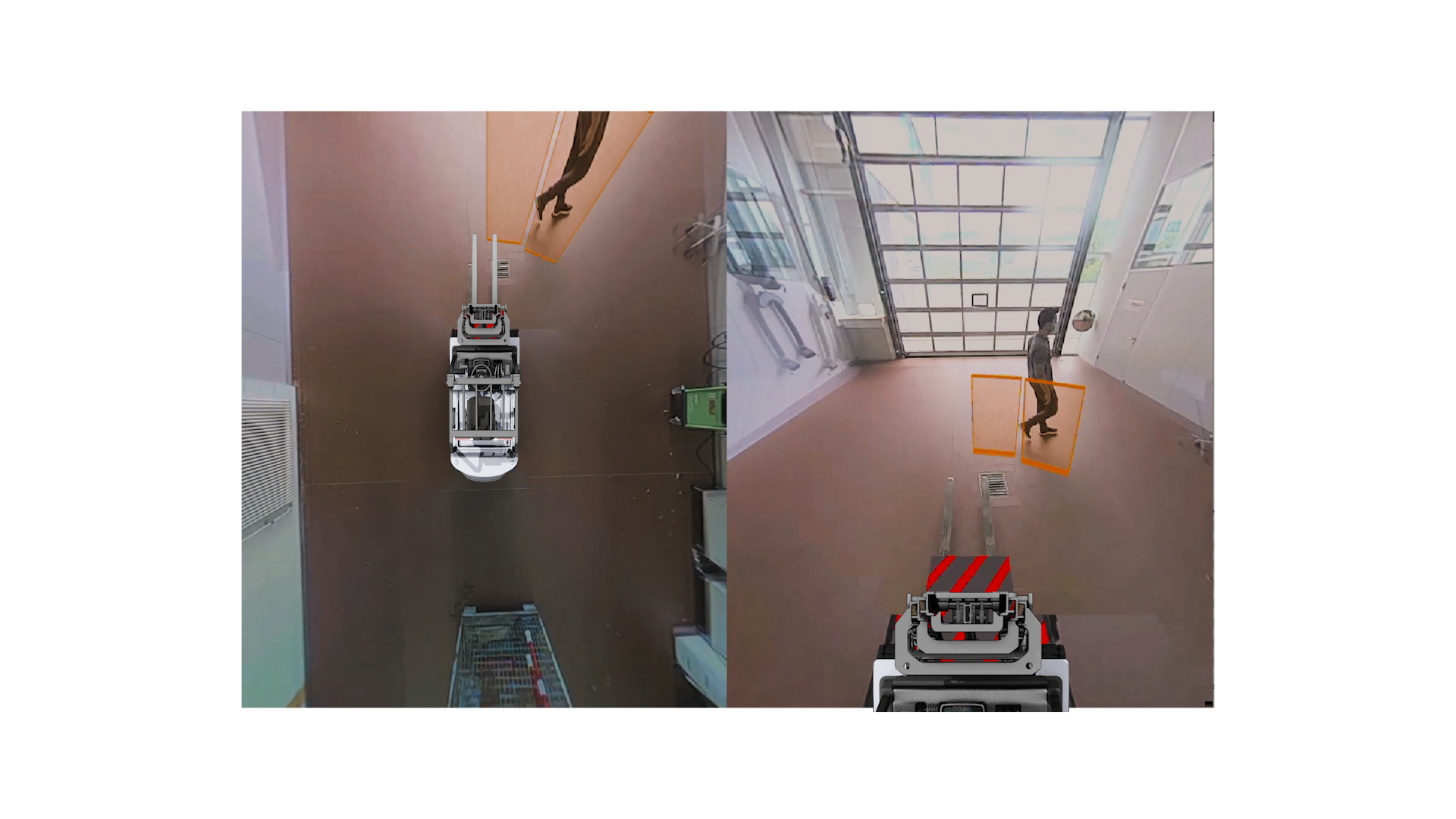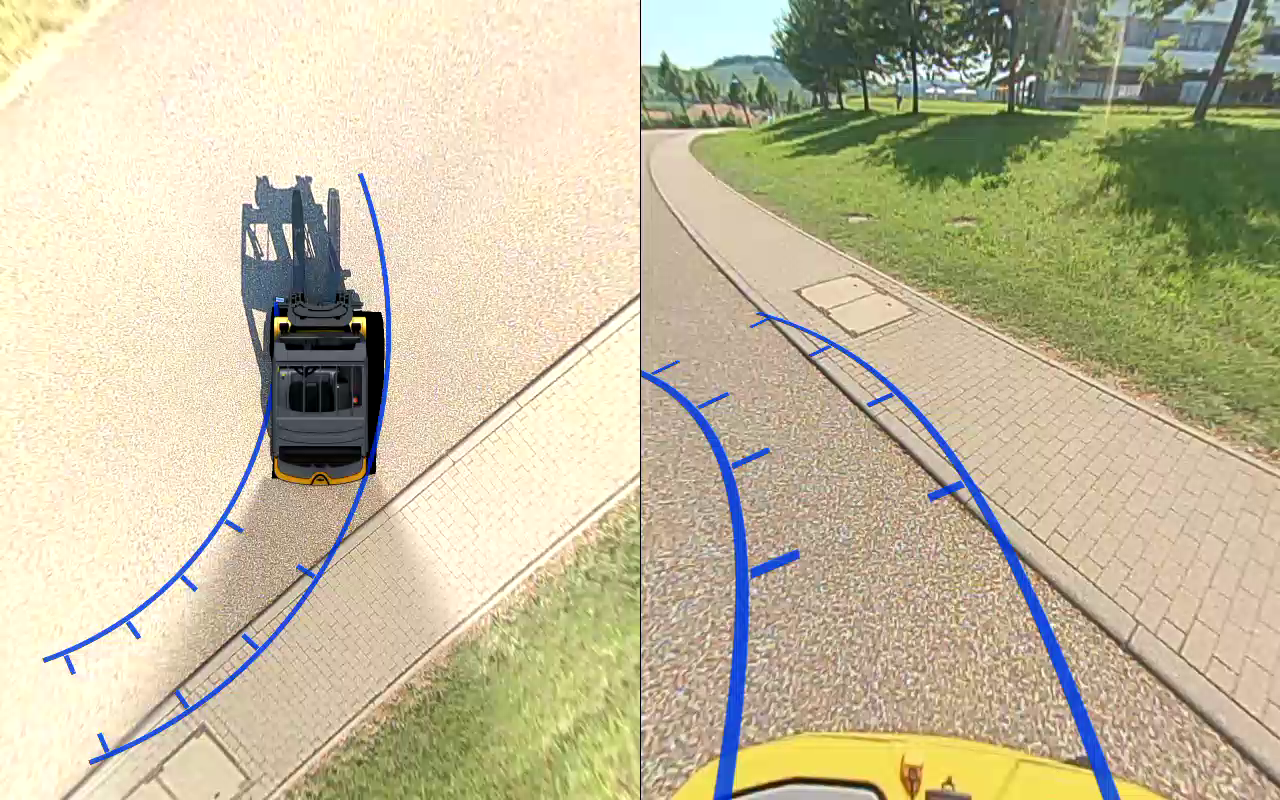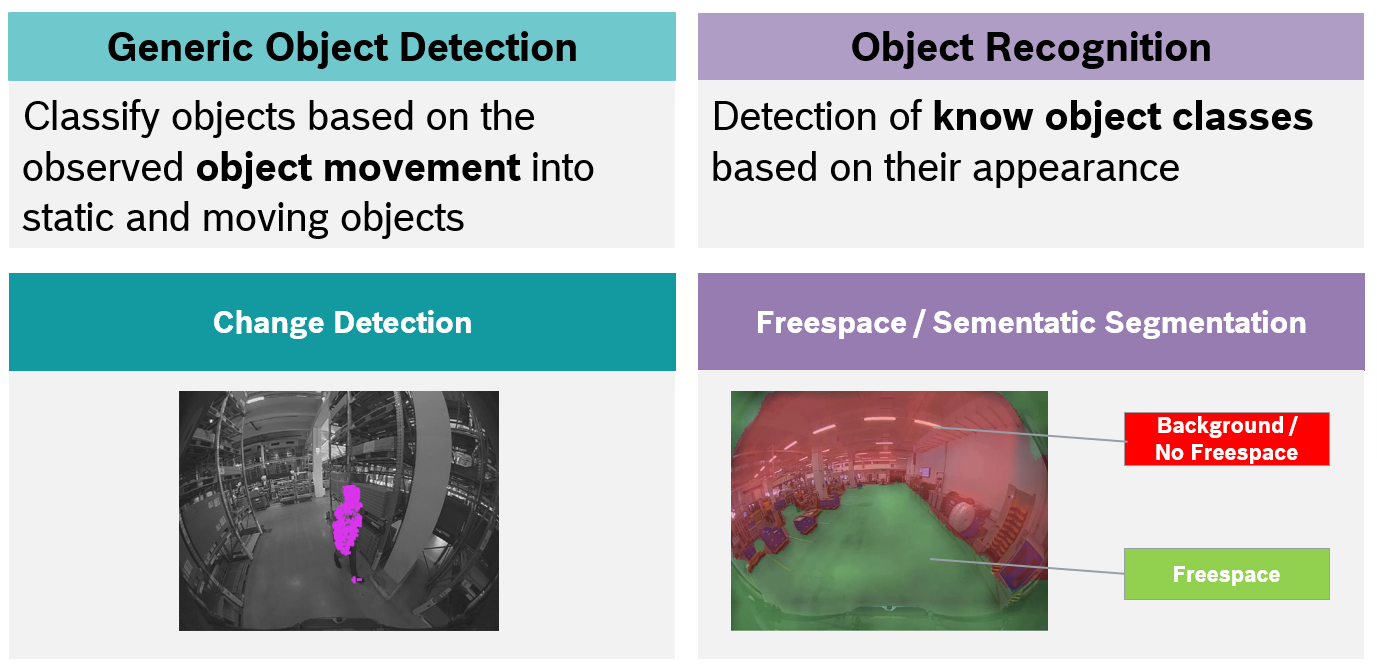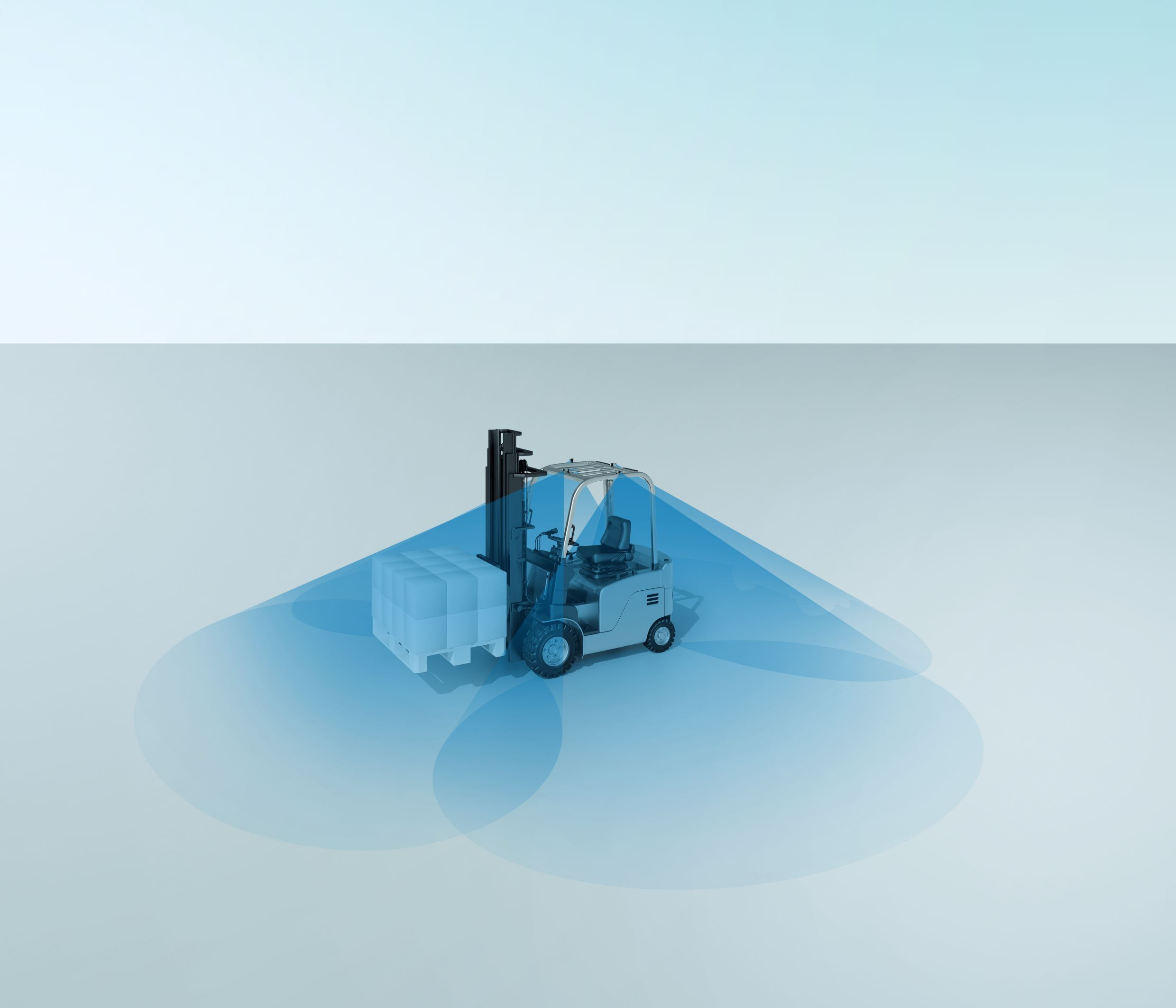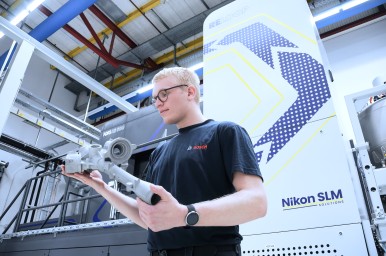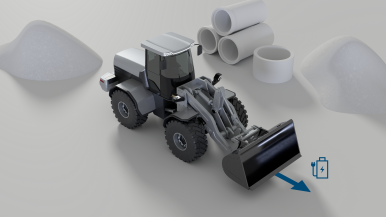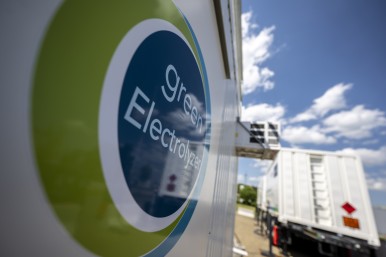Abstatt – Forklifts and other industrial trucks have become essential work equipment in logistics and warehousing. However, the risks associated with using forklifts are often underestimated. According to data from the German Social Accident Insurance (DGUV), more than 13,500 accidents resulting in personal injury and involving forklift trucks were reported in 2020 alone. To avoid accidents, the drivers must constantly have the entire area around the forklift in view while driving and maneuvering. Many drivers are under constant stress, which impairs their performance and often leads to driving errors. This is in addition to health problems from constantly turning their heads while driving backwards. A new multicamera-based collision warning system from Bosch helps minimize the risk of accidents and reduce stress for drivers by improving the general view around the entire vehicle and actively warning the driver of impending collisions. “With this system, we are making an important contribution to improving the level of safety when using forklifts and reducing the health-related strains for the drivers,” says Stefan Schenk, who is responsible for the Off-Road operating unit at Robert Bosch GmbH.
Mobility is the largest Bosch Group business sector. According to preliminary figures, it generated sales of 55.9 billion euros in 2024, and thus contributed around 62 percent of total sales. This makes the Bosch Group one of the leading mobility suppliers. Bosch Mobility pursues a vision of mobility that is safe, sustainable, and exciting. For its customers, the outcome is integrated mobility solutions. The business sector’s main areas of activity are electrification, software and services, semiconductors and sensors, vehicle computers, advanced driver assistance systems, systems for vehicle dynamics control, repair-shop concepts, as well as technology and services for the automotive aftermarket. Bosch is synonymous with important automotive innovations, such as electronic engine management, the ESP anti-skid system, and common-rail diesel technology.
The Bosch Group is a leading global supplier of technology and services. It employs roughly 417,900 associates worldwide (as of December 31, 2024). According to preliminary figures, the company generated sales of 90.5 billion euros in 2024. Its operations are divided into four business sectors: Mobility, Industrial Technology, Consumer Goods, and Energy and Building Technology. With its business activities, the company aims to use technology to help shape universal trends such as automation, electrification, digitalization, connectivity, and an orientation to sustainability. In this context, Bosch’s broad diversification across regions and industries strengthens its innovativeness and robustness. Bosch uses its proven expertise in sensor technology, software, and services to offer customers cross-domain solutions from a single source. It also applies its expertise in connectivity and artificial intelligence in order to develop and manufacture user-friendly, sustainable products. With technology that is “Invented for life,” Bosch wants to help improve quality of life and conserve natural resources. The Bosch Group comprises Robert Bosch GmbH and its roughly 470 subsidiary and regional companies in over 60 countries. Including sales and service partners, Bosch’s global manufacturing, engineering, and sales network covers nearly every country in the world. Bosch’s innovative strength is key to the company’s further development. At 136 locations across the globe, Bosch employs some 86,900 associates in research and development, of which nearly 48,000 are software engineers.
Additional information is available online at www.bosch.com, www.iot.bosch.com, www.bosch-press.com.

